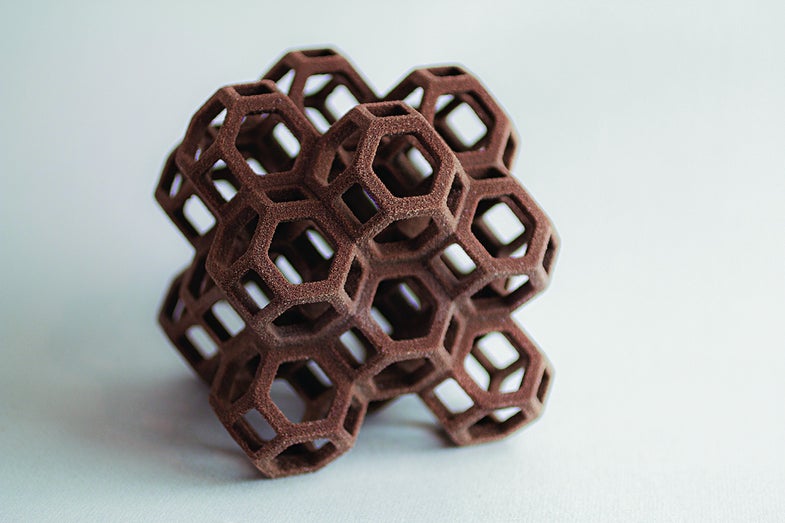A 3D Food Printer Could Press And Print Your Next Meal
You still have to cook your food, though

The ability to create food with the press of a lever has been a science fiction staple for decades. While 3D food printers have not reached Star Trek levels, they can make simple foods, and will soon be pressing and cooking your burgers. Here are a few new products—and a taste of what’s to come.
Hungry for more? Check out our future of food feature from the October 2015 issue of Popular Science.

Foodini, Natural Machines

ChefJet Pro, 3D Systems

3D Fruit Printer, Dovetailed